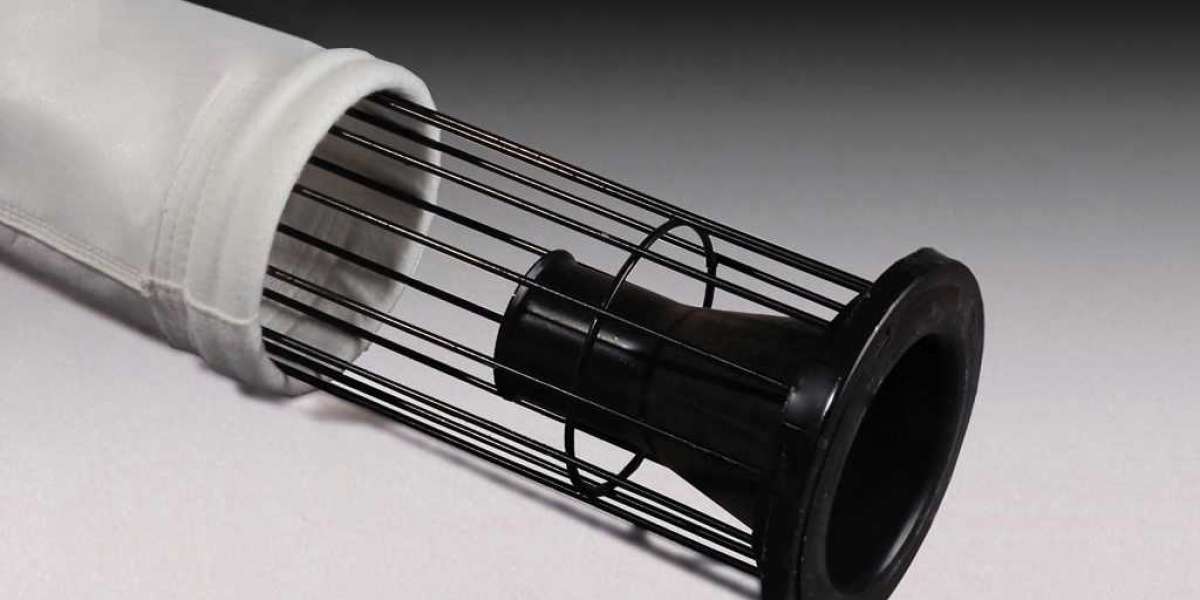(D2C) Direct-to-consumer means cutting out the middleman by selling a product or service directly to the end consumer. This business model is based on the sale of a manufacturer’s products to the end customer without intermediaries. The D2C model is gaining popularity in countries such as the US, China, Japan, and India.A company produces a given product in its own facility, as well as distributes it within its own channels. Both in offline channels and online channels (ecommerce), the traditional model has included more agents in the sales activity, such as the distributors, wholesalers, and retailers which support the retail companies as we know them today.
Until recently, few manufacturers went with a direct online model that only showed samples from their inventory, as in the case of the clothing store.
D2C Marketing
When you convert to a D2C business model, one of the biggest tasks you take on is your own marketing strategy. When developing your successful marketing campaigns and strategies.
Using search engine optimization (SEO) practices on your own website can help to increase your online traffic.
For example, if you own a running shoe company, using a keyword like “best sport watch” on your website can help in ultimately ranking you higher in search engines like google, results for that key term.
Other digital marketing strategies, such as email campaigns and social media marketing, are also most important for making a big brand and building relationships with targeted audiences.
Your marketing campaigns should feed directly to your target audiences and this personalization shouldn’t stop in marketing which considers the entire audience’s experience as visitors navigate your own website. From choosing products to completing the end checkout process, these customers should have a perfect experience that provides all the information details they need and gets them about your company and products.
Developing or Transitioning To D2C Business Model
There are many details if you plan to convert your business from a wholesale to D2C model. Some of the most important information you may need to address include the following are:
- Trained your staff: When you want to change the way you sell products, your plans and procedures also change. To get the transition going smoothly, take the time to adequately train your staff or require professional men power.
- Find the right platform: D2C e-commerce business only works if your sales platform is right, organized and effective. The technology you choose affects your customer experience, which directly affects your sales, so it’s most important to implement e-commerce software to make transactions in an easy and efficient manner.
- Organizing stock and inventory: When you convert to D2C, it becomes your responsibility to fulfill your consumer orders. Knowing how much inventory you have to ensure you can make process orders and keep customers happy.
- Discussing the transition with partners: Before you jump into a D2C business model, discuss this transition with your business partners. Analyze the numbers,prize,audience and ensure that the best and most profitable business for your company.
- Identifying your product and customer: As a D2C business model, it’s your duty to market your product directly to the consumer. Identify the customer pain point your product addresses as well as your target audience so you can create an effective marketing campaign.
- How to sell: Pricing, promotions, and offers in your website are also your responsibility once you transition to a D2C sales model. You’ll need to figure out the pricing for your products and decide what you want to sell through subscriptions or bundles. Take the time to decide the decision and make profitable business.
Difference between D2C and a Traditional Business Model?
D2C ecommerce model is when the manufacturer or producer sells its products/produce directly to consumers from their own web store using a website. But in the traditional retailer business model goes from the manufacturer/producers wholesaler distributor retailers and then finally to a consumer.
(D2C) Direct-to-consumer means cutting out the middleman by selling a product or service directly to the end consumer. Research has also shown that 55% of consumers prefer to shop directly with the brand manufacturer web store over retailers.
The traditional retailer business model deals with bulk order, so for a manufacturer to start selling direct-to-consumer they’d have to start selling individual items. This is why most manufacturers have not yet switched to a D2C strategy model, as their entire business revolves around selling products in bulk.
Why Brands are Switching to the D2C Model?
In COVID-19 case has made it clear that most consumers want to limit themselves to online shopping. This has proved a problem for brands/manufactures that previously only had a presence in physical stores.
Disruptions to the supply chain have also changed and delays in the distribution of goods. For many companies, being able to exercise full control over their operations has suddenly become a priority, and what better way to achieve this than to start selling directly to online digital customers, instead of going through offline retailers’ stores.
Advantages of the D2C model
- Better customer experience:
Strong customer relationships for creating brand loyalty.
- Proprietary customer data:
This makes it easier to new customers as they can better their marketing strategy towards a target audience.
- More control over the customer journey:
By cutting out third-party distributors.D2C brands are responsible for the entire customer journey from start to end.
- Adaptable to consumer expectations:
D2C businesses are more useful than traditional retail stores, D2C allows them to introduce new product lines or services to meet the shifting demands of their target demographic.
- Ease of Browsing:
Through their own website or web store, manufacturers can make complete online catalogs available to the end customer using wordpress. But with retail websites, brands have no control over products in their catalog that are being offered or will remain out of stock.
- A flexible supply chain:
A D2C manufacturer is responsible for the whole process of manufacturing, marketing, distribution, sales, and customer support. This level of control is a major plus for brands, which allows them to obtain market information directly and quickly as well as implement changes more flexibly.
- Brand control:
Having your own website or web store gives you full control over your brand image. Manufacturers can create product pages with information and details as they want, photos, and quality copy and design that they would like to give their customers.
On many retail ecommerce websites, the same brand’s product can have information and detailed photos that are inconsistent or even inaccurate.
- Higher Profit Margins:
A direct sales model involves the expenses and headaches with managing supplier and distributor warehouses, transport and inventory insurance, and contracts and profit sharing with wholesalers, retailers, and marketplaces.
However, manufacturers also have to pause to consider how cutting costs from one area could mean spending more money in another.
Conclusion: Is the D2C model really profitable?
As online sales, many brands have become important for ecommerce and digital integration for the future.
However, this statement does not mean that retail is on the verge of extinction. Many buyers still prefer to compare different brands and prices, which they cannot do in a website that only sells one product.
Both retailers and manufacturers can strengthen from these challenging circumstances, especially if they adopt digital platforms and automated catalog management software such as a PIM.
Initially, D2C brands distribute their products via e-commerce platforms, retail stores, or social media.
Know more!
Tagged d2cEcommerceEcommerce virtual assistant













